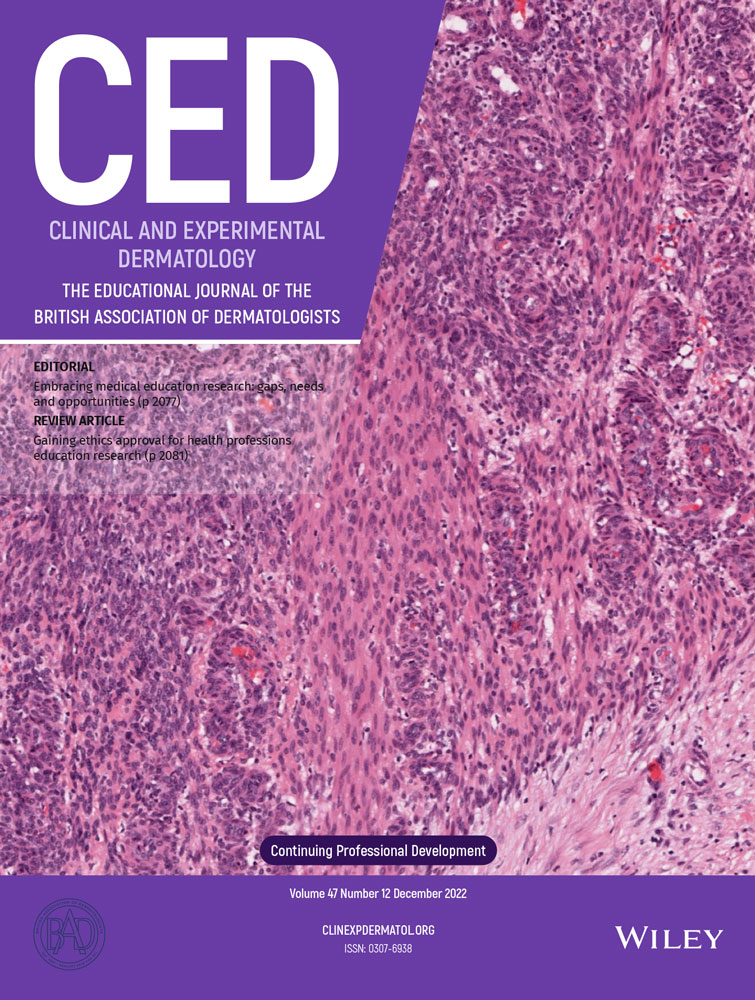Androgen status in women with late onset or persistent acne vulgaris
Summary
The androgen status of fifty women with persistent or late onset acne vulgaris has been investigated. Abnormalities of serum androgens and sex hormone binding globulin (SHBG) alone or in combination were present in 52% of the patients. Elevated serum testosterone and low SHBG were the commonest abnormalities found (46%). Raised levels of serum dehydroepiandrosterone (DHA) and DHA sulphate were present in 16% and 12% of patients respectively, but elevation of one or other of these androgens was the sole abnormality in only 6% of patients. Serum prolactin was raised in 18% of patients but there was no correlation between prolactin and androgen levels. There was also no correlation between the androgen levels and the severity, distribution or pattern of acne or the presence of hirsuties or irregular periods. The hormonal abnormalities found in this group of patients with acne are similar to those seen in females with the polycystic ovary syndrome and idiopathic hirsuties.




